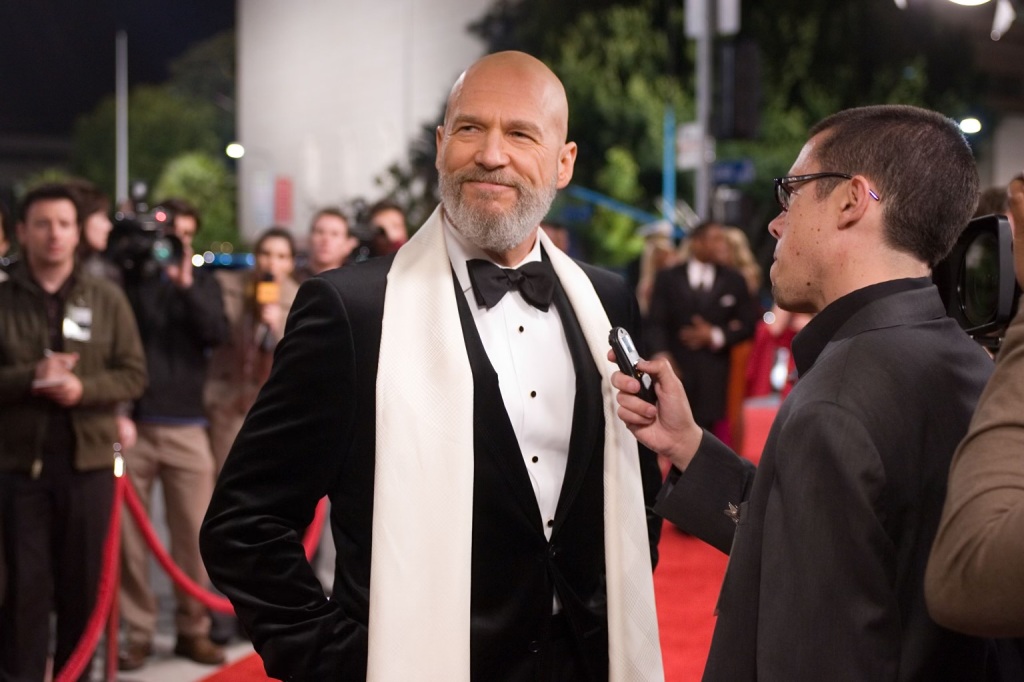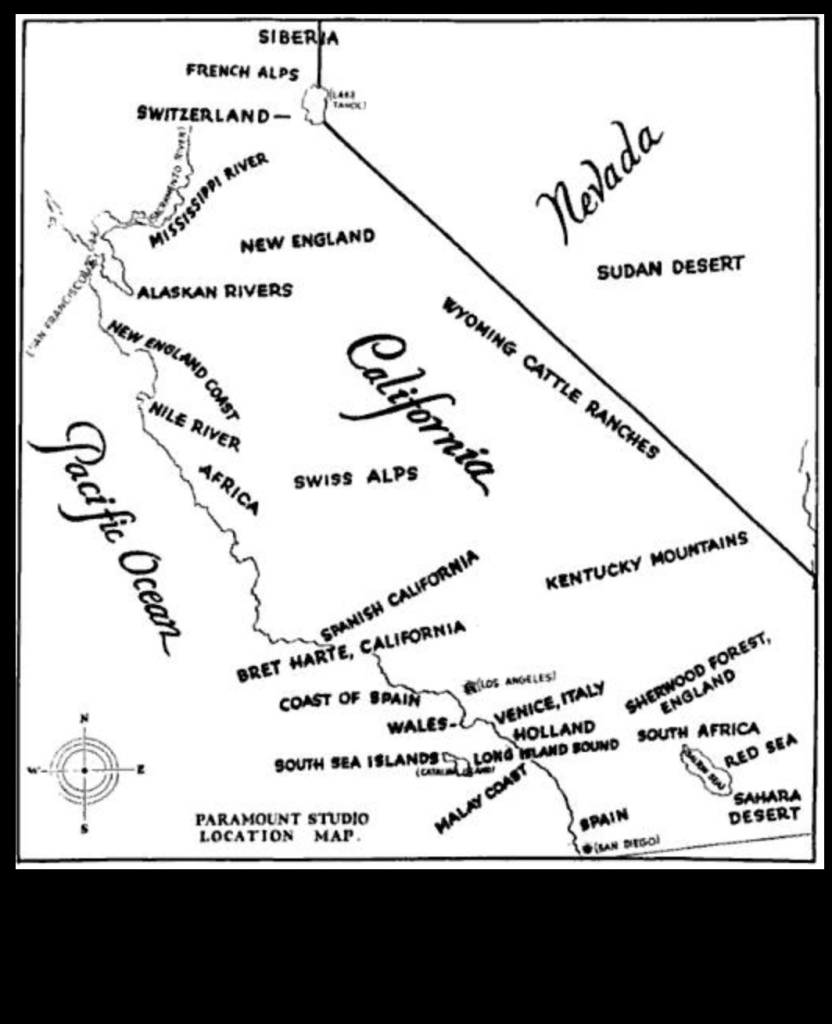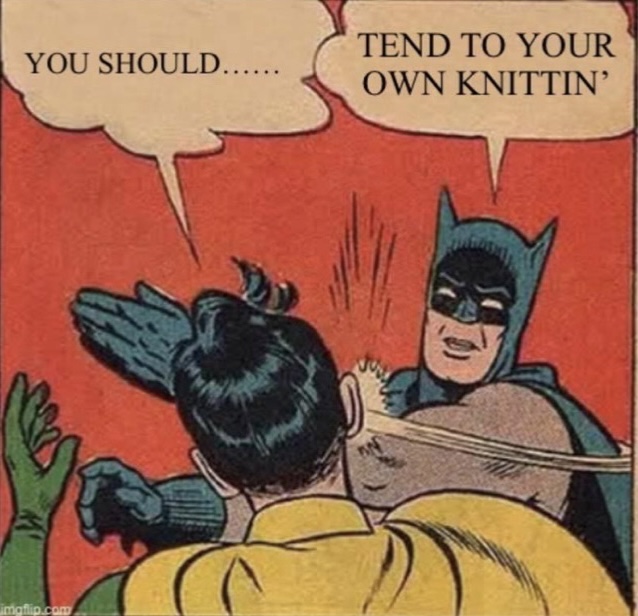
As HBO’s latest show puts the Penguin front and center, with Colin Farrell taking the reins of Gotham’s most devious bird, it’s easy to see why fans are excited.
He’s iconic, of course—his grotesque figure, his crooked laugh, and his twisted mind make him a standout villain. We’ve seen plenty of portrayals of Oswald Cobblepot over the years, from Burgess Meredith’s waddling menace in the ‘60s to Danny DeVito’s horrifying, fish-munching interpretation in Tim Burton’s “Batman Returns.” And now, thanks to HBO’s deeper dive into his criminal empire, the Penguin is having his moment.
But let’s be clear: He will never top the Joker.
In the pantheon of villains, none have left as indelible a mark on cinema as the Clown Prince of Crime. It’s not just that the Joker is Batman’s archenemy, the yin to the caped crusader’s yang, though that helps. It’s that the Joker, through his various portrayals, has consistently tapped into something deeper—a chaotic madness that mirrors society’s darkest impulses.
And no villain, in any franchise, has been reinterpreted as successfully and provocatively as the Joker.
Cesar Romero’s cheeky Joker gave us the first taste in the campy ‘60s series. He was all bright colors and harmless hijinks, which, for the time, was perfectly fine. But it was Jack Nicholson’s portrayal in Tim Burton’s Batman that first brought the menace into focus, delivering a performance that was equal parts terrifying and humorous. He was the gangster with a twisted grin, a character you could laugh with even while he terrified you.
Then came Heath Ledger, whose take on the Joker in The Dark Knight is simply unforgettable. Ledger didn’t just play the Joker; he became the Joker, and in doing so, crafted one of the greatest performances in film history. He turned the Joker into more than just a villain—he was a force of nature, an embodiment of anarchy, a walking contradiction who didn’t want money or power, just chaos for its own sake. Ledger’s Joker asked us uncomfortable questions about human nature, about the thin line between order and disorder. And that’s why his performance resonates to this day.
Joaquin Phoenix’s turn in Joker took things a step further. His interpretation was less about the chaos and more about the fragile humanity behind the mask. Phoenix’s Arthur Fleck is a man crushed by society, a tragic figure who snaps under the weight of mental illness and neglect. It was a daring, divisive portrayal, and Phoenix deservedly took home an Oscar for it.
Sure, the Penguin is a compelling character, and this HBO series will likely add new layers to his story. Maybe it’ll give him the depth that Joker’s had across all these interpretations.
But there’s a reason Joker is cinema’s greatest recurring villain: he’s adaptable, complex, and eternally relevant. His very nature allows him to be reimagined over and over again, each portrayal reflecting the fears and frustrations of the time.
The Penguin? He’s fun, no question. But he’s still just the second most iconic criminal in Gotham










